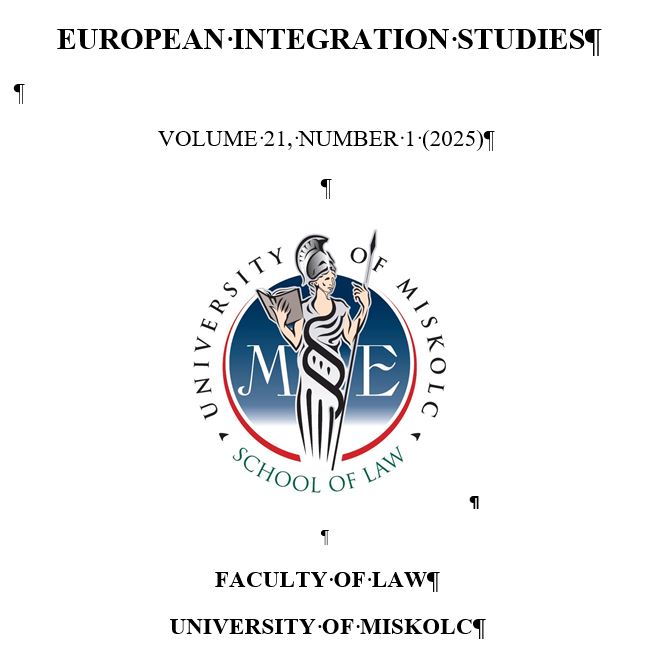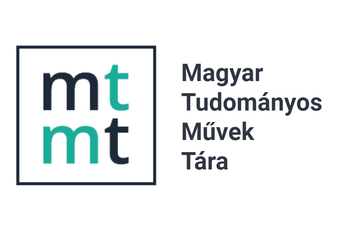The Best Interest Principle in the Context of Assisted Reproduction Legislation
DOI:
https://doi.org/10.46941/2025.1.4Keywords:
Best Interest of the Child, Assisted Reproductive Technologies (ART), Surrogacy, In Vitro Fertilization (IVF), Child Welfare, Children's Rights, Reproductive Autonomy.Abstract
This article explores the application of the best interest of the child principle within the context of Assisted Reproductive Technologies (ART). While the principle is well-established in international family law, the rapid advancements in ART - encompassing practices such as in vitro fertilization (IVF), surrogacy, and genetic screening - raise new legal, ethical, and social questions. The article examines how traditional interpretations of the best interest principle must evolve to address the rights and welfare of unborn and intended children conceived through ART. It further investigates the complex relationships between prospective parents, surrogate mothers, donors, and children, and how legal frameworks should adapt to prioritize the welfare of children in ART arrangements. Adopting a multidisciplinary lens that incorporates law, ethics, medicine, and cultural perspectives, this inquiry argues that safeguarding the welfare of children conceived through ART requires a shift from adult-centric regulation to genuinely child-focused policies. It concludes that the future of reproductive law depends on legal frameworks capable of balancing scientific innovation with an uncompromising commitment to the dignity, identity, and well-being of every child—long before birth and throughout their lives.
References
Bączyk-Rozwadowska, K. (2017) ‘Aktualne problemy diagnostyki preimplantacyjnej w kontekście dążeń rodziców do realizacji projektu rodzicielskiego’ Białostockie Studia Prawnicze, 2017/22., pp. 11-33; https://doi.org/10.15290/bsp.2017.22.02.01.
Baker, H., McBain, J. (2005) ‘Melbourne Submission to the Victorian Law Reform Commission regarding Assisted Reproductive Technology & Adoption: Consultation Paper 1.’
Barnardo's UK. (2012) ‘The history of Barnardo's.’ [Online]. Available at: http://www.barnardos.org.uk:80/what_we_do/who_we_are/history.htm (Accessed: 10 May 2024).
Barzó, T. (2022) ‘Hungary: the content of the right to parental responsibility’ in Content of the right to parental responsibility: Experiences – Analyses – Postulates. Studies of the Central European Professors' Network. Central European Academic Publishing, Miskolc: Budapest, pp. 105-146; https://doi.org/10.54237/profnet.2022.pscrpr_5.
Bosch, L. C. (2018) ‘In the Best Interest of the Child? On the justification for state restrictions on surrogacy’ [Online]. Available at: https://studenttheses.uu.nl/handle/20.500.12932/30937 (Accessed: 4 May 2024).
Cantwell, N. (2014) ‘The Best Interests of the Child in Intercountry Adoption.’ Florence: UNICEF Office of Research, pp. 7-9.
Chini, C. (2016) ‘Maternità surrogata: nodi critici tra logica del dono e preminente interesse del minore.’, BioLaw Journal, 2016/1., pp. 173-187.
Cohen, G. I. (2011) ‘Regulating Reproduction: The Problem with Best Interests’ Minnesota Law Review, 96; https://doi.org/10.1093/humrep/deu343.
De Lacey, S. L., Peterson, K., McMillan, J. (2015) ‘Child interests in assisted reproductive technology: how is the welfare principle applied in practice?’, Human Reproduction, 30(3), pp. 616–624; https://doi.org/10.1093/humrep/deu343.
Elliston, S. (2012) ‘The welfare of the child principle and the use of PGD: selecting for disability’ in Elliston, S., McLean, S. (eds.) Regulating Pre-Implantation Genetic Diagnosis. Abingdon, Oxon: Routledge.
Farin, T., Yousef, M. P., Ehsan, S. G., Mahmoud, A. (2014) ‘The study ethical aspects of embryo and gamete donation from the four principles of medical ethics point of view’, Medical Ethics Journal, 2014/8, pp. 153-182.
Gillard, J. (2013) ‘National Apology for Forced Adoptions. Parliament House, Canberra. Retrieved’ [Online]. Available at: http://resources.news.com.au/files/2013/03/21/1226602/365475-aus-file-forced-adoptions-apology.pdf (Accessed: 5 May 2024).
Goedeke, S. (2014). Understandings and experiences of embryo donation in New Zealand - a discursive analysis. [Online]. Available at: https://www.researchgate.net/publication/319441632_Towards_an_Understanding_of_Embryo_Donation_in_New_Zealand_The_Views_of_Donors_and_Recipients (Accessed: 3 May 2024).
Haskins, V., Jacobs, M. D. (2002) ‘Stolen Generations and Vanishing Indians: The removal of indigenous children as a weapon of war in the United States and Australia’, New York: New York University Press.
Henriksson, J. (2016) ‘Surrogatmoderskap: Lagstiftaren som moralisk vägvisare - En utredning ur ett intresseperspektiv’. [Online]. Available at: chrome-extension://efaidnbmnnnibpcajpcglclefindmkaj/https://lup.lub.lu.se/luur/download?func=downloadFile&recordOId=8873925&fileOId=8881962 (Accessed: 4 May 2024).
Khorshid, A., Alvero, R. J. (2020) ‘Consenting and ethical considerations in embryo cryopreservation. Current Opinion in Obstetrics & Gynecology.’ https://doi.org/10.1097/GCO.0000000000000653.
Marten, J. (2002) ‘Children and War: A historical anthology’, New York: New York University Press, pp. 227-229.
Neofytou, A. (2018) ‘A Comparative Socio-Legal Analysis of Responses to Surrogacy in Greece and the UK’ Doctor of Philosophy (PhD) Thesis, University of Kent. [Online]. Available at: https://kar.kent.ac.uk/69428/ (Accessed: 2 May 2024).
Norrie, K. M. (2016) ‘English and Scottish adoption orders and British parental orders after surrogacy: welfare, competence and judicial legislation’, Child and family law quarterly, 29.
Øivind, F. (2014) ‘The ethical challenges of preimplantation genetic diagnosis (PGD): A fundamental ethical aspect of the Declaration of Helsinki’. [Online]. Available at: https://pubmed.ncbi.nlm.nih.gov/24089455/ (Accessed: 2 May 2024).
Stanić, G. (2015) ‘Comparative Analysis of ART in the EU: Cross-border Reproductive Medicine’, Medicine and law, 2015/8, pp. 5-23; https://doi.org/10.18690/8.5-23(2015).
Tan, S. H. (2019) ‘Surrogacy, child’s welfare and public policy in adoption applications: UKM v. Attorney-General’ [Online]. Available at: chrome-extension://efaidnbmnnnibpcajpcglclefindmkaj/https://ink.library.smu.edu.sg/cgi/viewcontent.cgi?article=4894&context=sol_research (Accessed: 3 May 2024).
Trowse, P. (2013) “Surrogacy - competing interests or a tangled web?’, Queensland Lawyer, 33(3), pp. 199-209.
Vij, S. (2015) ‘UNILU Centre for Comparative Constitution’, Law and Religion Working Paper Series.
Government of South Australia. (1988) Assisted Reproductive Treatment. [Online]. Available at: http://www.legislation.sa.gov.au/LZ/C/A/Assisted%20Reproductive%20Treatment%20Act%201988.aspx (Accessed: 5 May 2024).





